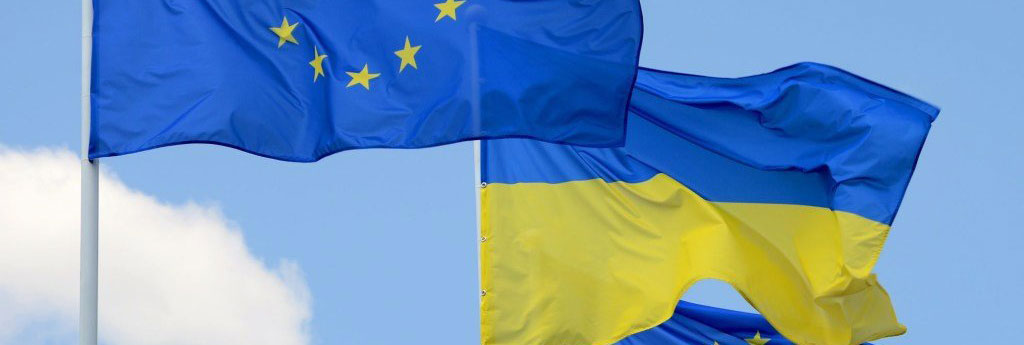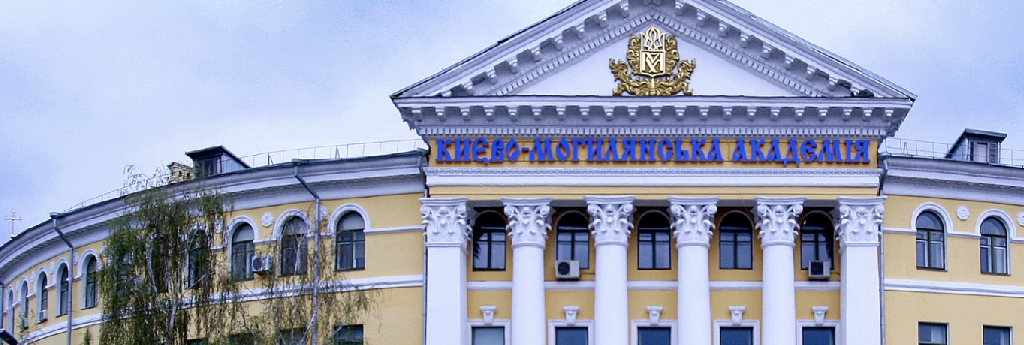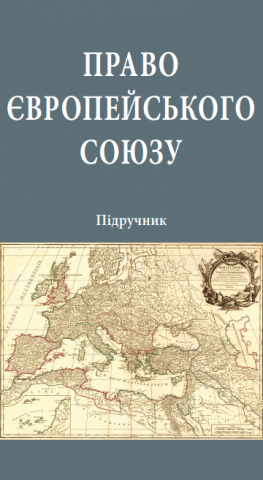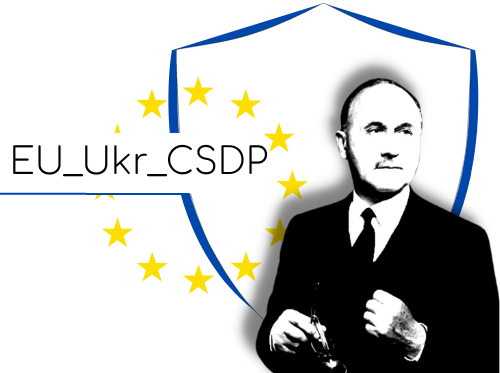EU COMMON SECURITY AND DEFENCE POLICY (CSDP): What does this mean?
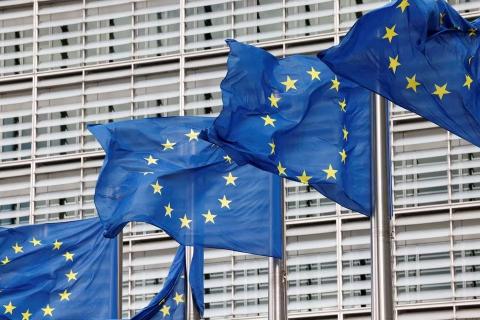
The common security and defence policy (CSDP) is an integral part of the EU’s common foreign and security policy (CFSP).
The CSDP is the main policy framework through which Member States can develop a European strategic culture of security and defence, address conflicts and crises together, protect the Union and its citizens, and strengthen international peace and security.
As a result of the tense geopolitical context, the CSDP has been one of the fastest developing policies over the last 10 years.
Since 24 February 2022, the Russian war of aggression against Ukraine has acted as a geopolitical reset for Europe and created further impetus for what should become an EU Defence Union.
Legal basis
The CSDP is described in the Treaty of Lisbon, also known as the Treaty on European Union (TEU), which entered into force in 2009.
More specifically, the workings of the CSDP are explained in Title V (General provisions on the Union’s external action and specific provisions on the common foreign and security policy), Chapter 2 (Specific provisions on the common foreign and security policy) and Section 2 (Provisions on the common security and defence policy) of the Treaty of Lisbon. Section 2 comprises five articles: Articles 42 to 46.
The role of the European Parliament in the CFSP and the CSDP is defined in Title V, Chapter 2, Section 1 (Common provisions) and Article 36, and the funding arrangements for both policies are set out in Article 41.
The CSDP is further described in amendments to the Treaty of Lisbon, mainly Protocols No 1 (on the role of national parliaments in the European Union), 10 (on Permanent Structured Cooperation established by Article 42 TEU) and 11 (on Article 42 TEU), as well in Declarations 13 and 14 (Declarations concerning the common foreign and security policy).
Organisation
The High Representative of the Union for Foreign Affairs and Security Policy, who also acts as the Vice-President of the European Commission (VP/HR), occupies the central institutional role. Since December 2019, Joseph Borrell has been the VP/HR. He chairs the Foreign Affairs Council in its Defence Ministers configuration, which is the decision-making body for the CSDP. He is in charge of presenting CSDP proposals to Member States. The VP/HR is the head of the European External Action Service and the director of the European Defence Agency (EDA).
The European Council and the Council of the European Union take decisions relating to the CSDP by unanimity (Article 42 of the TEU). Some notable exceptions are decisions relating to the EDA (Article 45 of the TEU) and Permanent Structured Cooperation (PESCO, Article 46 of the TEU), for which qualified majority voting applies.
The Treaty of Lisbon introduced a European capabilities and armaments policy (Article 42(3) of the TEU) and established that the EDA and the Commission work in liaison when necessary (Article 45(2) of the TEU), most notably when it comes to the EU’s research, industrial and space policies.
In addition, Article 21 of the TEU recalled that multilateralism is at the core of the EU’s external action. Accordingly, EU partners can participate in CSDP missions and operations. The EU is committed to deeper coordination and cooperation within various multilateral frameworks, in particular with the United Nations and the North Atlantic Treaty Organization (NATO), but also with other regional bodies such as the African Union.
Evolution
Since the Treaty of Lisbon, the CSDP has evolved significantly, both politically and institutionally.
In June 2016, VP/HR Federica Mogherini presented the ‘EU Global Strategy on Foreign and Security Policy’ (EUGS) to the European Council, a document setting out the CSDP strategy. Five priorities were identified: the security of the Union; state and societal resilience to the East and South of the EU; the development of an integrated approach to conflicts; cooperative regional orders; and global governance for the 21st century. The implementation of the EUGS should be reviewed annually in consultation with the Council, the Commission and Parliament.
In November 2016, the VP/HR also presented to the Council an ‘Implementation Plan on Security and Defence’ to operationalise the EUGS’s vision. The plan set out 13 proposals, including a coordinated annual review on defence (CARD) and a new single PESCO arrangement for the Member States willing to commit further on security and defence.
In parallel, Ms Mogherini presented a European defence action plan to the Member States, with key proposals relating to the creation of a European Defence Fund (EDF) that focuses on defence research and capability development. These have been implemented over the last few years.
In June 2021, the EU launched a reflection on the future of European security and defence. This process led to the creation of the Strategic Compass on Security and Defence, a policy document which lays down the EU’s security and defence strategy for the next 5-10 years. The Strategic Compass provides a framework of action for the development of a shared vision in the field of security and defence. The document was developed in three steps: a threat analysis, a structured strategic dialogue, and further development and revision before adoption. Its main objective is to provide political guidance for implementing the EU’s ‘strategic autonomy’ in four key areas: crisis management, resilience, capabilities and partnerships. The process is designed to address the growing need for the EU to be able to act as a security provider. VP/HR Borrell presented the initial version of the document to a joint session of EU Foreign Affairs and Defence Ministers in November 2021.
However, in the context of the Russian war of aggression against Ukraine (which began on 24 February 2022), the paper had to be significantly altered to take into account the destabilisation of the European security order and the subsequent change in the EU’s stance, ambitions and tools in the realm of defence. On 24 and 25 March 2022, during the French Presidency of the Council, the European Council endorsed the final version of the Strategic Compass.
As a consequence of the war, Denmark has abolished its opt-out with regard to the EU’s defence policy, which it obtained in 1992. The Danes agreed to join the CSDP via a referendum organised on 1 June 2022 (with 66.9% voting in favour). All 27 Member States therefore now contribute to the CSDP.
Crisis management missions and operations are the most visible and tangible expressions of the CSDP. The Strategic Compass addresses the EUGS’s gaps in crisis management tools and institutions, for example by creating a new EU Rapid Deployment Capacity. In the 2021 report on the implementation of the CSDP, Parliament expressed support for the proposed ‘rapid entry force’. The Strategic Compass also aims to provide coherent goals and objectives for other initiatives and relevant processes (such as PESCO, the EDF and CARD).
While Parliament did not have a direct role in the establishment of the Strategic Compass, it must be kept regularly informed of the level of implementation and given opportunities to express its opinions on the process, in particular during briefings to the Subcommittee on Security and Defence (SEDE). Through its own annual reports on the CSDP, the SEDE subcommittee assumes a de facto advisory role on the CSDP.
CSDP missions and operations
Since 2003 and the first intervention in the Western Balkans, the EU has launched and run 37 operations and missions on three continents. As of October 2023, there are 22 ongoing CSDP missions and operations (12 civilian missions and 9 military operations, including 2 in the maritime domain). About 4 000 EU military and civilian staff are currently deployed abroad. EU decisions to deploy missions or operations are normally taken at the request of the partner country and/or based on a UN Security Council resolution.
Source: European Parliament

